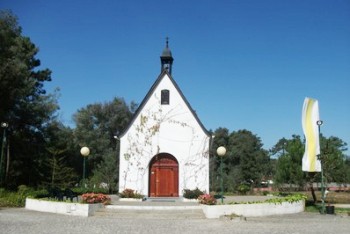Heritage Ílhavo
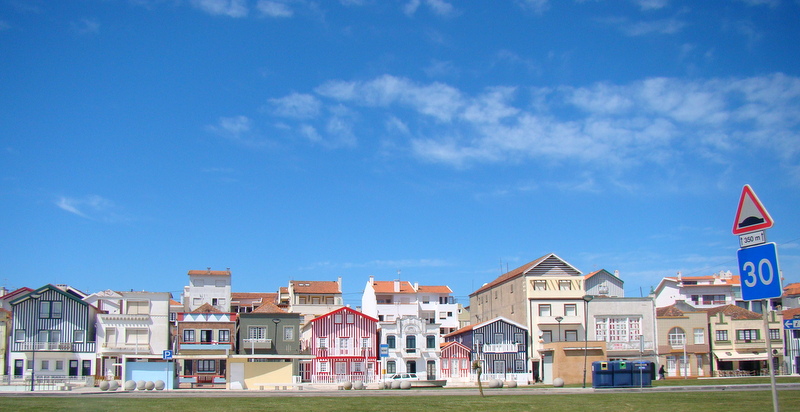
Barra Lighthouse
Your project was started in 1885 by Paul Benjamin Cabral engineer, being completed by Maria engineer Melo and Mattos in 1893, and in 1929 underwent a major restoration. This lighthouse is at Barra and is one of the symbols of Ilhavo, at its top, after 288 steps is possible to obtain one of the most beautiful landscapes of Portugal. Its light beam reaches the 22 nautical miles / 40 kilometers away, now powered by electricity, once its light was caused by oil vapor glowing. This lighthouse lookout all the coast of Ílhavo and more, ensuring that the navigations not naufragassem due to the illusion of remoteness, which was caused by the flat coast. When its construction was the sixth largest in the world and is currently the second largest in stone masonry in Europe and twenty-sixth highest in the world.

Haystacks of Costa Nova
Wonderful striped houses that are on the beach of Costa Nova, which was originally in shades of red ocher and black, were used as warehouses fishing implements. By the nineteenth century, Costa Nova was only an uninhabited beach that only after the establishment of the Port of Aveiro Barra, the fishermen erected this the haystacks to keep their materials. Later, the population was being drawn to this area during the months of summer and fall, making the haystacks with colored stripes in seaside resort of housing.
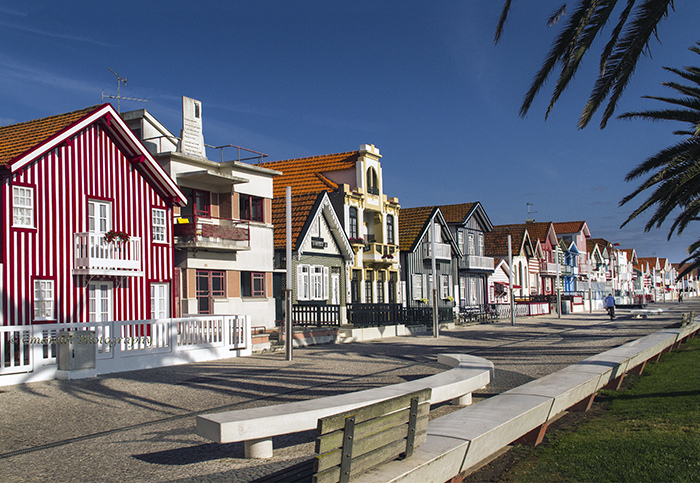
Haystacks of José Estêvão
This was sent by lifting Manuel Vilarinho de Moura, in the year 1808 and is considered as one of the most beautiful copies of the original barns of Costa Nova area, keeping its colored stripes of red ocher. After acquisition of Joseph Stephen, this loft features a range of pieces of national art scene and politics of the time as Eca de Queiros, Guerra Junqueiro and Oliveira Martins, related to the “Generation 70” and the movement of realism.
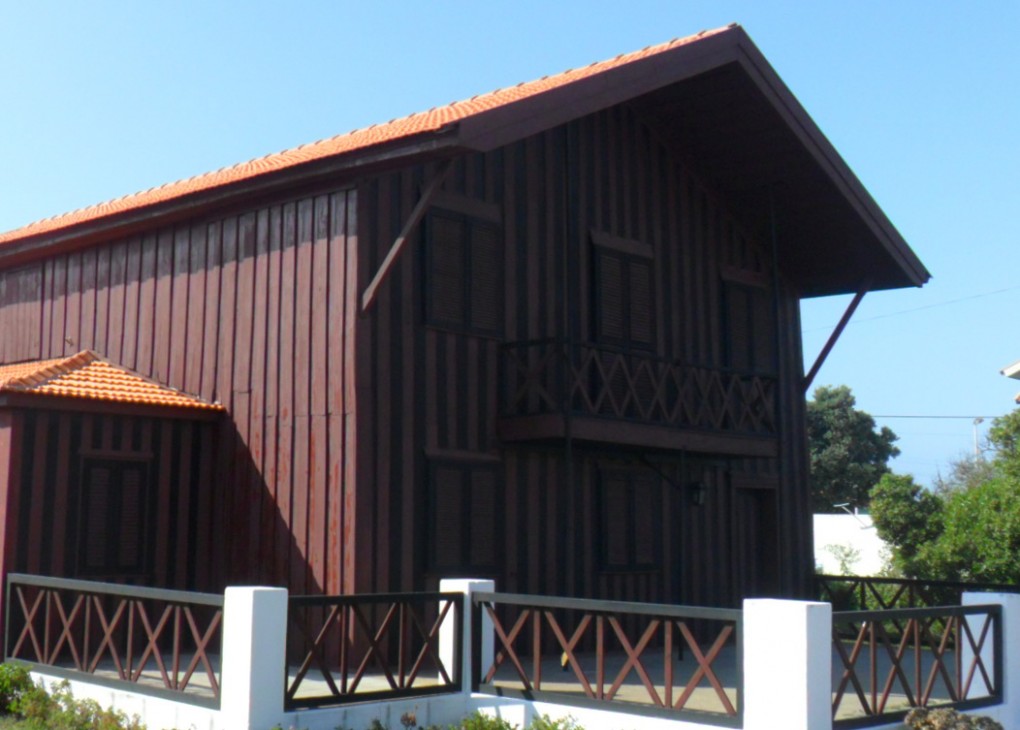
Barra Fortress
Also known as Fort Pombalino, Fort New Castle or the Gafanha, this was built in the year 1640, Gafanha da Nazaré, in the period of the War of Restoration, with a seventeenth-century military architecture, with angled bastions very typical of this time. In 1974, it was classified as a Public Interest, and currently performs its functions to support internal navigation signal.
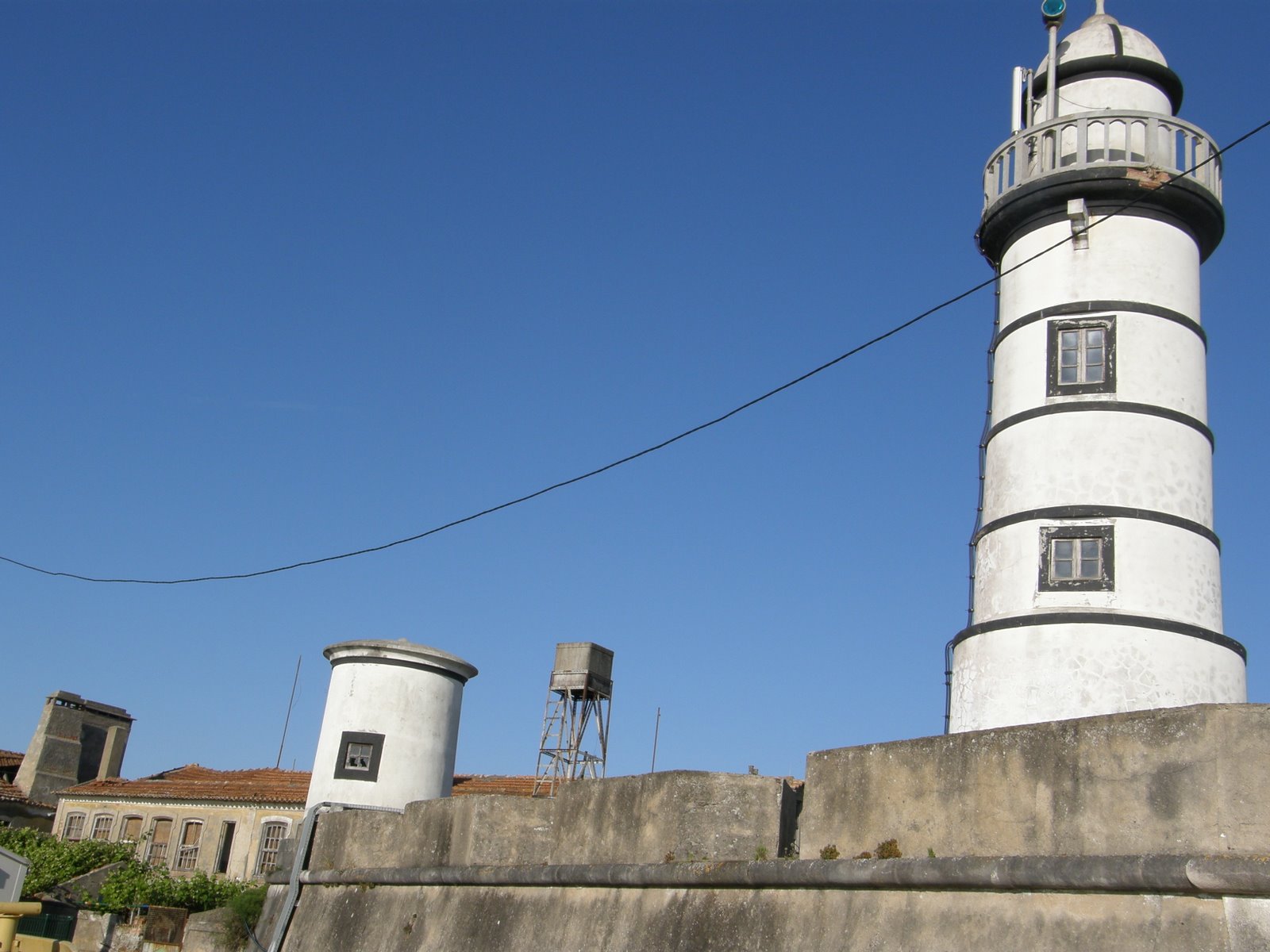
House Gafanhoa
Built in the 20 th century, this housing tenants was converted to the Municipal Museum in 2000, after his recovery, being managed by the Ethnographic Group of Gafanha of Nazareth. This bears testimony of the ways of rural life of the population either did their chores sea and Ria, promoting their culture, traditions and ethnography.
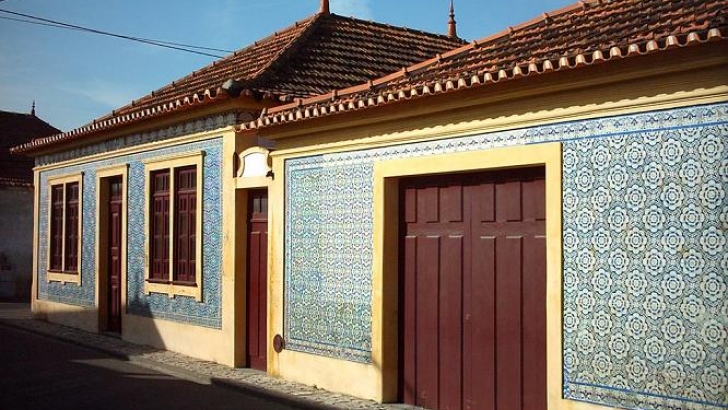
Historical Zone of Ílhavo
An area characterized by a set of old buildings among narrow streets, alleys and lanes, here stand the picturesque and unique elements. With a recovery project in this area, conditions were created for pedestrians are at ease, promoting accessibility, mobility and inclusion and enhancing their social, economic and cultural dynamism.
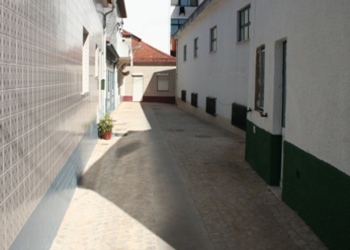
Neighborhood’s factory worker of Vista Alegre
A different neighborhood of the Portuguese remaining, this is the first philanthropic and privately became self-sufficient, isolating the remaining urban areas, with the central pillar Porcelanas Factory Vista Alegre, founded by Jose Ferreira Pinto Basto, who sought shelter workers that their only job would be in that plant, enhancing their artistic training through education and cultural activities. Currently, you can still observe bucolic characteristics, artistic spirit that released the aesthetic design of porcelains. In this dwelling houses were built, a school with primary education, drawing lessons painting and music, a theater for leisure, care units that offer a sense of security and fire department.
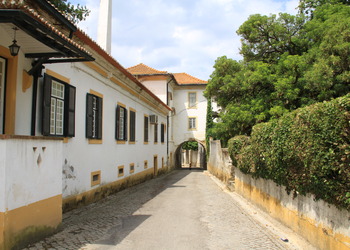
Neighborhood of Malhada
In this neighborhood settled in the east bank of the Canal Boco, who took the best features of the Ria, this presents drawings of maritime issues at the top of the houses.
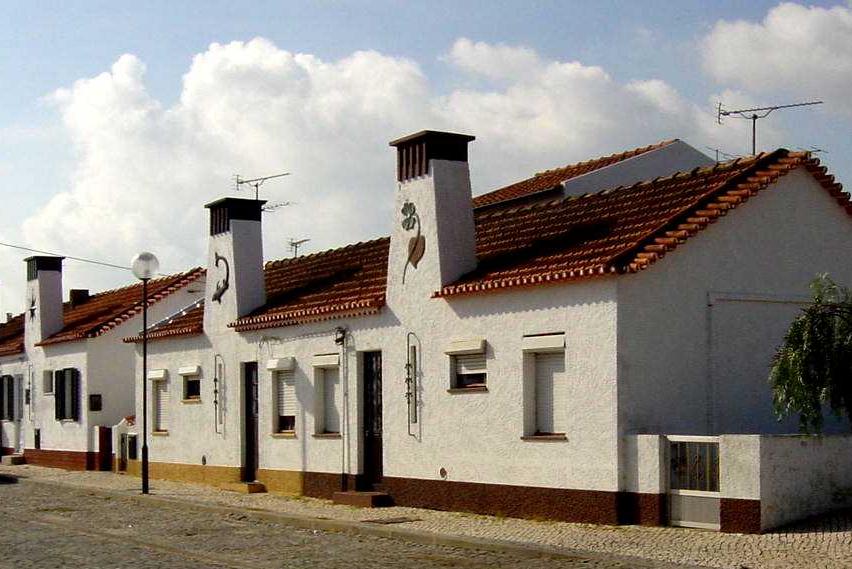
African village
The new art grants a built heritage unique to the city center of Ílhavo. The National Highway 109, is a villa that was designed by Aveiro designer-painter José de Pinho, obtaining the unique characteristics of new art with its facade with wooden doors and a top banner and colored glasses. The African Village was built between 1907 and 1908, that due to the First World War was halted, and later resumed. Its name comes from the fact that Dr. Joseph Vaz played roles in Cape Verde, the African Maritime Partnership. In this village there is the facade that has multiple features that require detailed assessment.
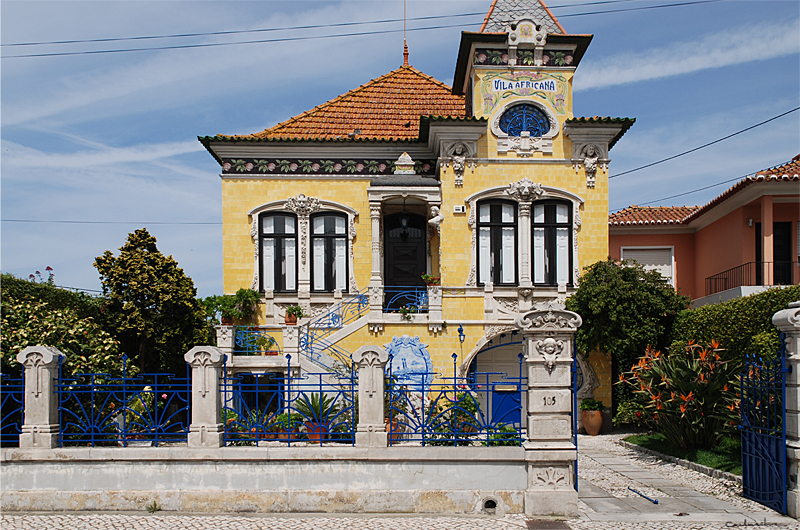
Vieira village
Built in the 30s, this village was home to John Fernandes Vieira, councilor in the Municipality of Ílhavo and because of its rootedness in South America. This building has an eclectic architecture from the late nineteenth and early twentieth centuries, colonial type and popular Portuguese, this is surrounded by new art decorative. For its traditional architectural beauty and central location in the city of Ilhavo, it was acquired by the Municipality of Ílhavo and can be retrieved and opened in 2005 as the site of St. Saviour Parish Council.
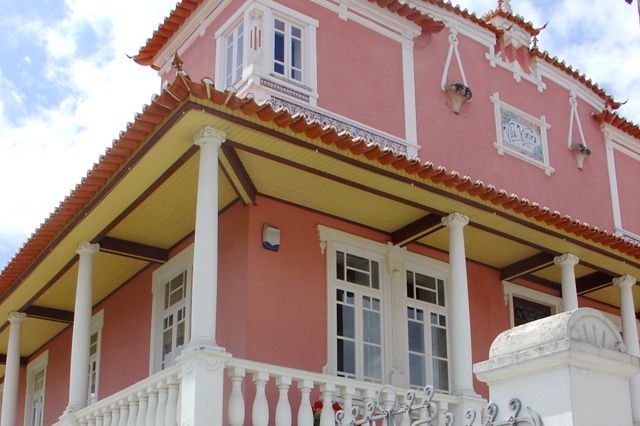
House of Urns
Without knowledge of its date of construction or designer, only observable are the characteristics of the new art style, especially in the verandas, decorative in serrelharias, simple and floral ranging changing between white and pink. Among many Art Nouveau elements this dwelling features and requires maximum attention, we highlight the baskets of flowers decorating the tower of the house, the ed friezes tiles, decorative white stucco and the window frames.
Villa of Paço da Ermida
The eighteenth century, this farm consists of beautiful gardens and a palatial house, and is currently owned by the family Pinto Basto, acquired in the year 1812, the founder of the factory of Vista Alegre, José Ferreira Pinto Basto, who at auction also acquired the chapel of Vista Alegre in honor of Our Lady of Penha de France, a National Monument. In this particular residence is one Araucaria Norfolk (Araucaria heterophylla (Salisbury) Franco), a grove classified as Public Interest in 1994, the magnificent 190 years old.
Nossa Senhora da Luz Chapel
Known as the Chapel Légua whose patroness Our Lady of Light, this modern chapel from 1866 which has a leaning tower on your right since 1937, which was later restored. Inside the chapel are the images of Our Lady of Light and San Antonio, along with a sculpture of St. Anthony of clay in eighteenth-century style, and a part with a great heritage value.
Alqueidão Palace e Chapel
This palace hosted many regional politicians of centuries XVII and XVIII and Dona Maria Benedicta de Souza Queiroz Pizarro, venerated Baroness Almeidinha, this built is one of the points of great attraction of the city of Ilhavo, with the City Council to recover, becoming the Municipal library. This ancient manor dating back to the seventeenth century, being built by Domingos André Ribeiro and his wife Maria Rita Sousa Pissaro at the time near the completion of the chapel / Ancient Solar Visconde de Almeida. This palace hosted the Captain General of Ilhavo João de Sousa Ribeiro and Silveira, who ordered the opening of a bar in Vagueira, which connects the ocean to coastal fields; another resident was the captain João de Sousa Pissaro, who died in combat Morouços Cross in 1828; and highlighted lived here Baroness Lady of Almeidinha, noble lady recognized for their generosity and kindness, that during the time of a disease that triggered the population Alqueidão, this lady went through the most affected areas, offering warm clothing, medicine, food and affectionate touch.
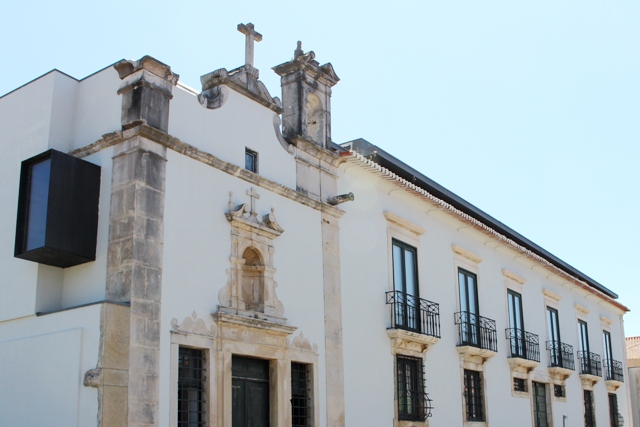
Maias Mansion
With a façade whose coat oval shell features the symbols of noble families Maia, Castro and Pereira, this solar easily stands out in the urban area of Ilhavo, since the eighteenth century. This is the street Alqueidão, keeping the eighteenth century curved lines, a side staircase and large iron gates.
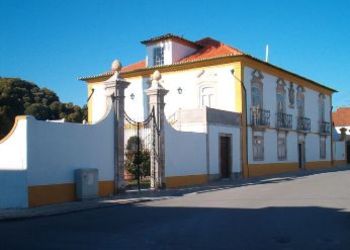
Nossa Senhora da Penha da França Chapel
From the seventeenth century, this was designed by Bishop Manuel de Moura Manuel, which makes accompanied by two towers that were erected by the founder of Factory Vista Alegre, José Ferreira Pinto Basto. This temple has in its three chapels the images of Our Lady of Penha de France, in the chancel.
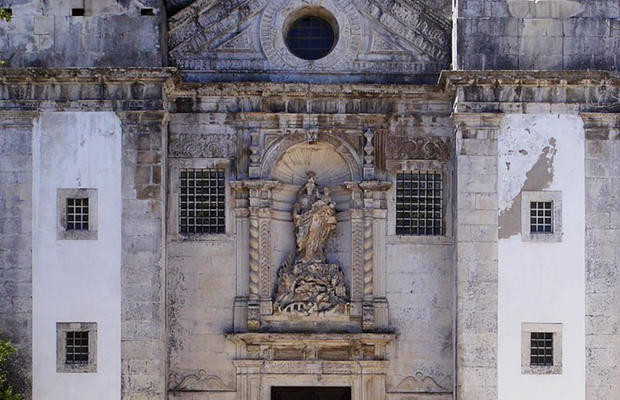
Nossa Senhora dos Navegantes Chapel
Located in the Barra Fort, this chapel started to be built in 1863 under the direction of Silverio Pereira engineer. This presents some unusual aspects including the crenellated walls and the main jamb of ançã stone carved spiral, with pointed arch.
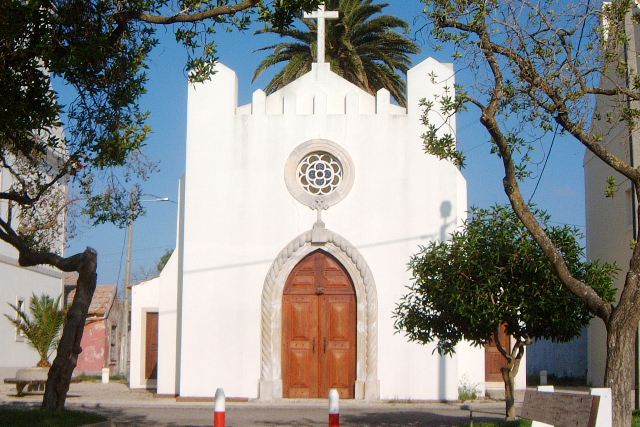
Nossa Senhora do Pranto Chapel
Its origin dates back to the fifteenth century for its patron saint sculpture Lady of Tears, whose work was just out of Coimbras workshops in this century, as in the seventeenth century was rebuilt, though the great architectural features were made in the eighteenth century. On the high altar is an image of Our Weeping Lady with the Child Jesus in his arms, being something quite adored by Cima de Vila residents.
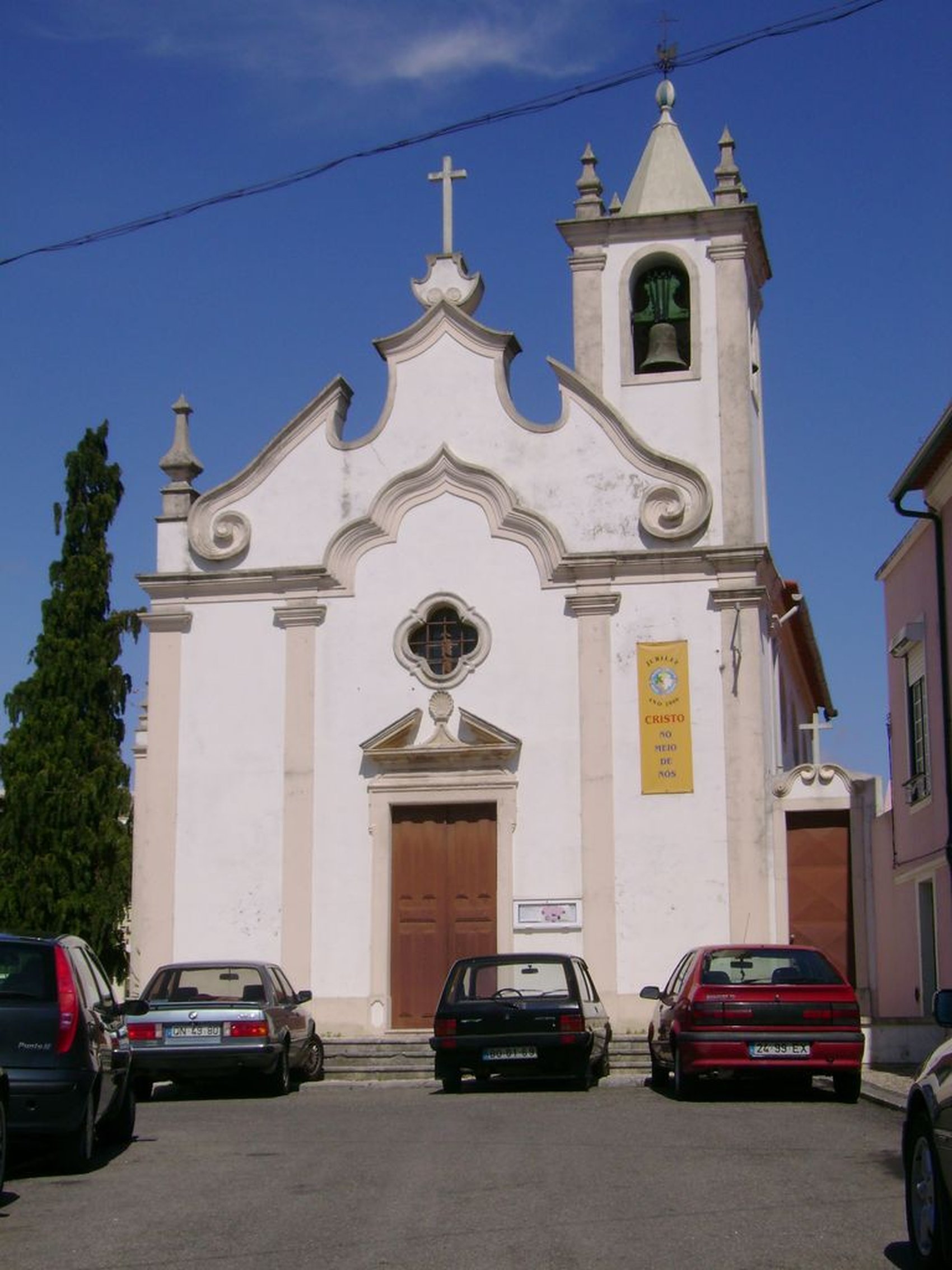
Nossa Senhora dos Campos Chapel
On the sands of Gafanha, a land that has been cultivated became fertile and called a community that created the Agricultural Colony, this is at its center the Chapel of Our Lady of the Fields, erected in 1957. In 1959, they acquired two images, one of Our Lady of the fields, another of San Isidro. In the year 1961, for joy of the village, it opened the tabernacle of the new chapel.
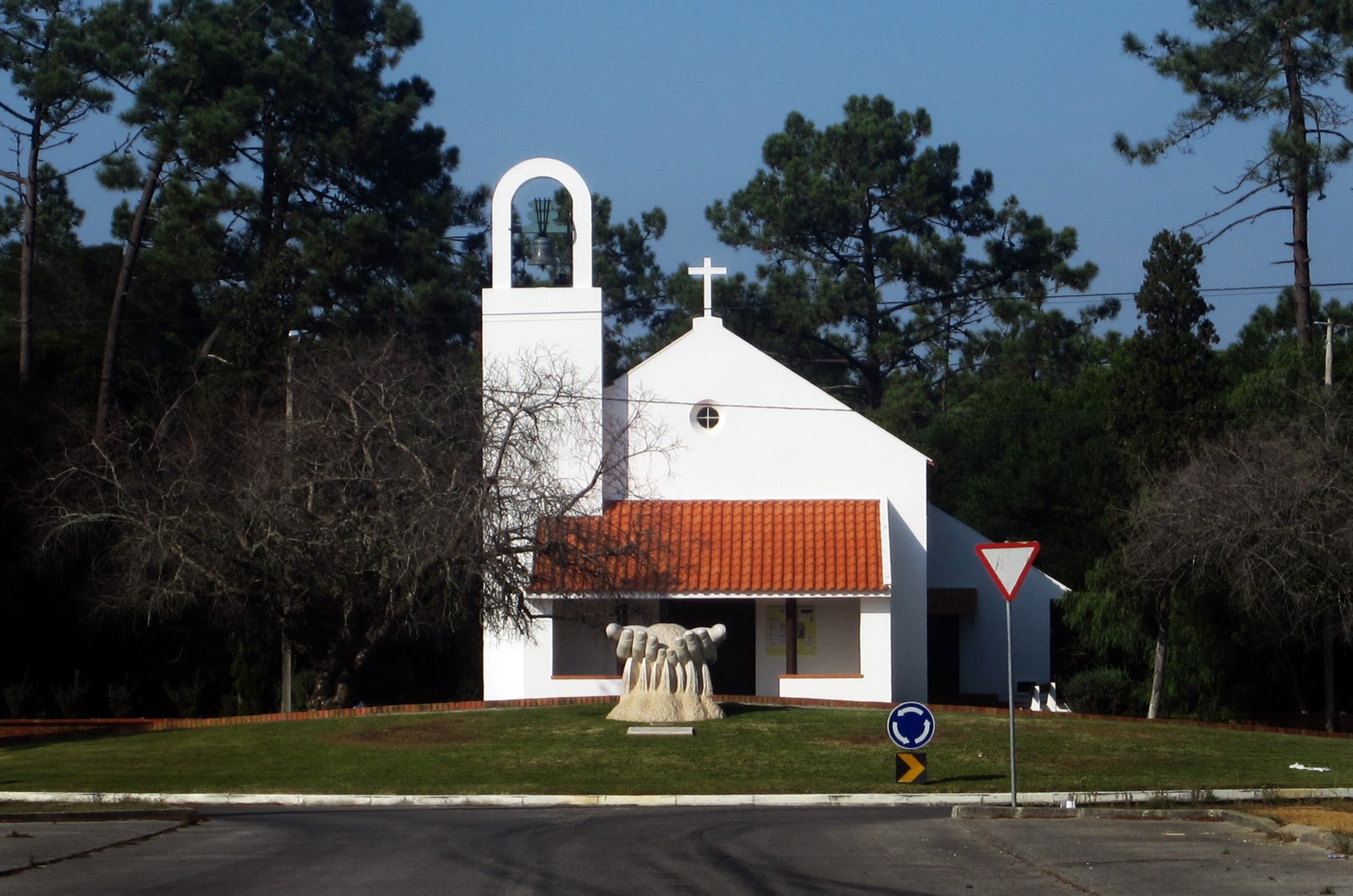
Santa Barbara Chapel
At Quinta de Santa Bárbara, in Thickets, this simple trace chapel was built in the seventeenth century, currently standing at Pericão family name.
Santo António da Coutada Chapel
This chapel is the oldest city of Ilhavo, being a landmark religious heritage, whose legend has it that it was built because of a castaway who swore their construction if his life was spared, thus honoring St. Anthony. The door is an inscription that date its construction to the year 1671, being restored in the years 1975 and 2002.
São João Batista Chapel
In the beach bar, is the chapel that was once a place of worship until the construction of the Sagrada Familia Church. Currently, this small chapel hosts the festivities in honor of St. John. In its facade is two panels of tile Lawrence Limas author, having been placed in 1949, during the renovation works.
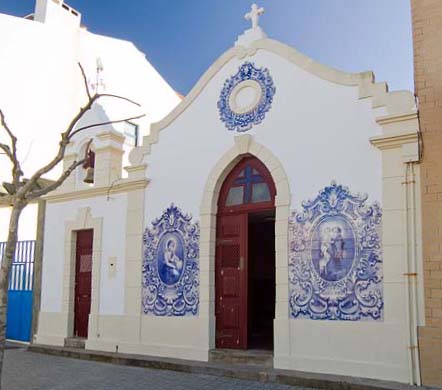
Church of the Holy Family of Barra Beach
Inaugurated in 1987, this arises from the need of the parish to meet his people, as the chapel next to the lighthouse would be too small. So this modern church does not have a unique style due to various interventions of different designers, presenting so heterogeneous as a whole. The entrance of this is marked by two lateral bodies that come together like two hands raised. But the baptistery is accented by a cylindrical body at its top features a cross that allows sunlight focus on it.
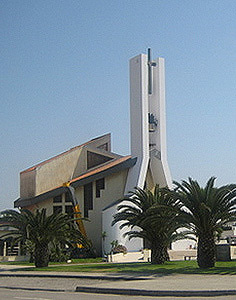
Mother Church of Costa Nova
In Costa Nova are two churches, the most ancient known as Chapel of Our Lady of Health, joins the sandy beach, in the small chapel, much sought after by fishermen devotees are Santo Amaro pictures of Our Lady of Fatima and St. Joseph. beside this chapel was erected a new church to offer conditions to the faithful that the bathing season there were bound, housing a statue of the Virgin, Our Lady of Health in tile, which is also enriched by the pipe organ that presents great concert sacred music, interpreted by national and international organists.
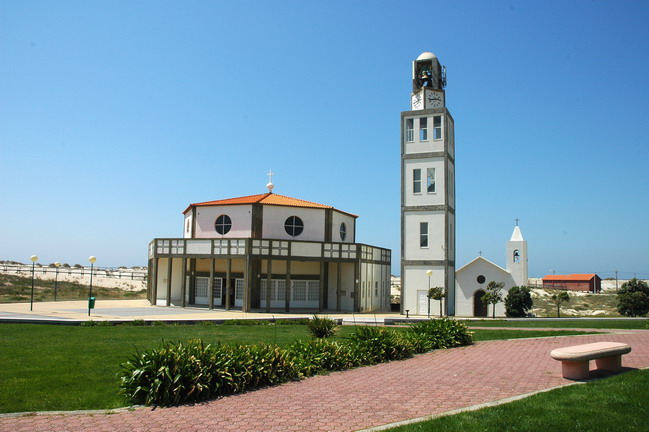
Mother Church of Gafanha da Nazaré
Built on a temple of the twentieth century, whose simplicity was beautiful, it was home to a stroke of the seventeenth and nineteenth centuries, appealing to the grandeur of the manifestation of the devotees. However, in the sixties, the Father Prior Domingues changed its architectural feature and already in the nineties, engineers found gaps in safety and environment, making the Father Prior Dr. Sardo Fidalgo launched the challenge to address these issues. Thus, this complex of Mother Church was composed of the Temple of the Body, completely revamped and two auditoriums, ten rooms of Catechesis, notary Parish, Library, Museum, Audiovisual room, living room of Brotherhoods and movements, Room of Directors and Catechesis and Coordination still room for liturgical corals that a set has become the most beautiful work in the Aveiro district.
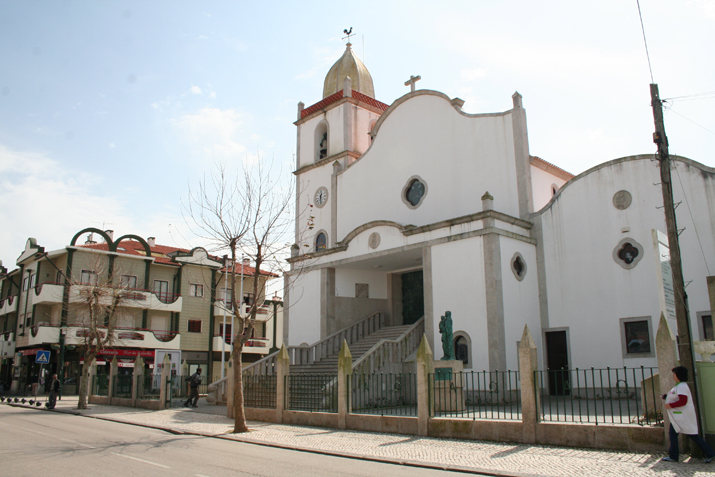
Parish Church of São Salvador of Ílhavo
As parish church, this honor San Salvador since the late eighteenth century, a work sponsored by the people, except the chancel which was custada the prior height. Over time it was undergoing changes and restoration, the last dating back to 2002.
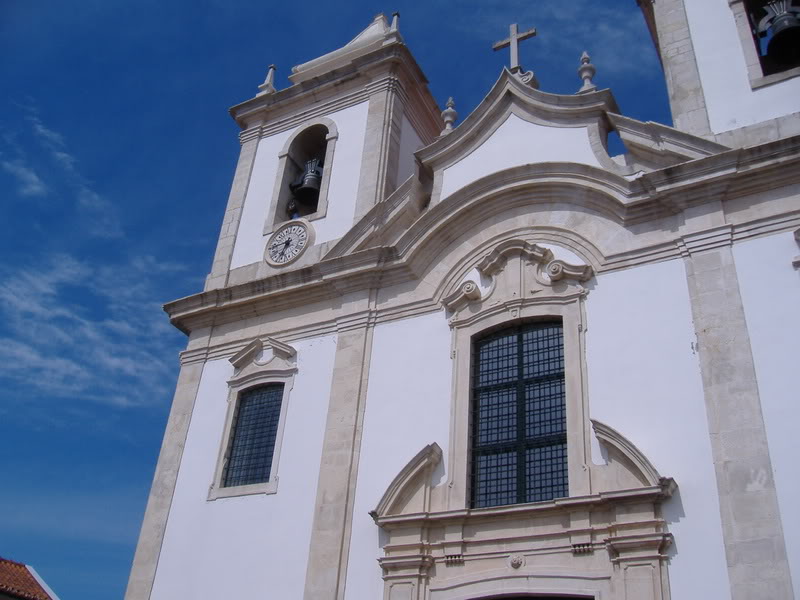
Schoenstatt Sanctuary
Opened in 1979, this sanctuary is a perfect replica of the original shrine, founded by Father Kentenich in Schoenstatt / Valendar in 1914. Previously it was only a chapel dedicated to St. Michael, among devotees and prezes, this was transformed into the shrine marked by presenta of Our Lady, a place of grace. Over the years, this concept has multiplied, reaching dozens of countries on five continents. In Ilhavo, this is in Cologne Agricultural, whose first stone was translated in Rome and blessed by Pope John Paul II and other inlaid stone tomb of St. Peter. Like the Schoenstatt Shrines, this is venerated as Mother, Queen and Winner Thrice Admirable of Schoenstatt, to Our Lady.
